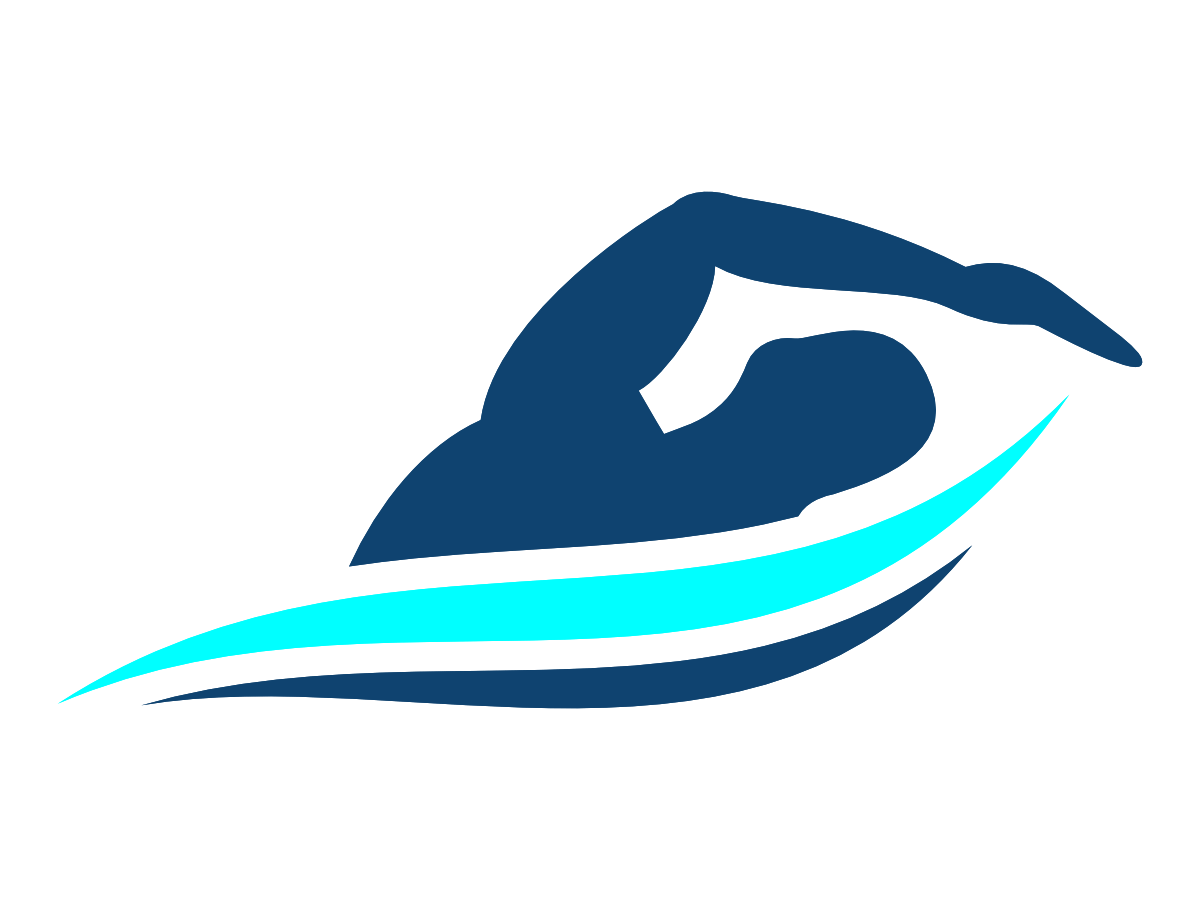By swimming the crawl
you burn about
240 calories / 30 min.
In the water, your arm pulls your biceps and triceps, while it is the shoulder (deltoids) that allows the arm to return from the water. But in both cases, it is the muscles around the shoulder blade (trapezius, pectoralis minor, rhomboid...) that stabilise your arm.
And to remain stable in the crawl, there is nothing better than the abs! The transversus abdominis, rectus abdominis, obliques and spinal muscles ensure the swinging movement and the transition of energy between the upper and lower body.
Although we often think of the V-shaped back of swimmers, the legs also work in the crawl. The quadriceps, gluteus maximus and hamstrings, and then the calves, provide the swinging motion of the stretched legs.
In the water, your arm pulls your biceps and triceps, while it is the shoulder (deltoids) that allows the arm to return from the water. But in both cases, it is the muscles around the shoulder blade (trapezius, pectoralis minor, rhomboid...) that stabilise your arm.
And to remain stable in the crawl, there is nothing better than the abs! The transversus abdominis, rectus abdominis, obliques and spinal muscles ensure the swinging movement and the transition of energy between the upper and lower body.
Although we often think of the V-shaped back of swimmers, the legs also work in the crawl. The quadriceps, gluteus maximus and hamstrings, and then the calves, provide the swinging motion of the stretched legs.
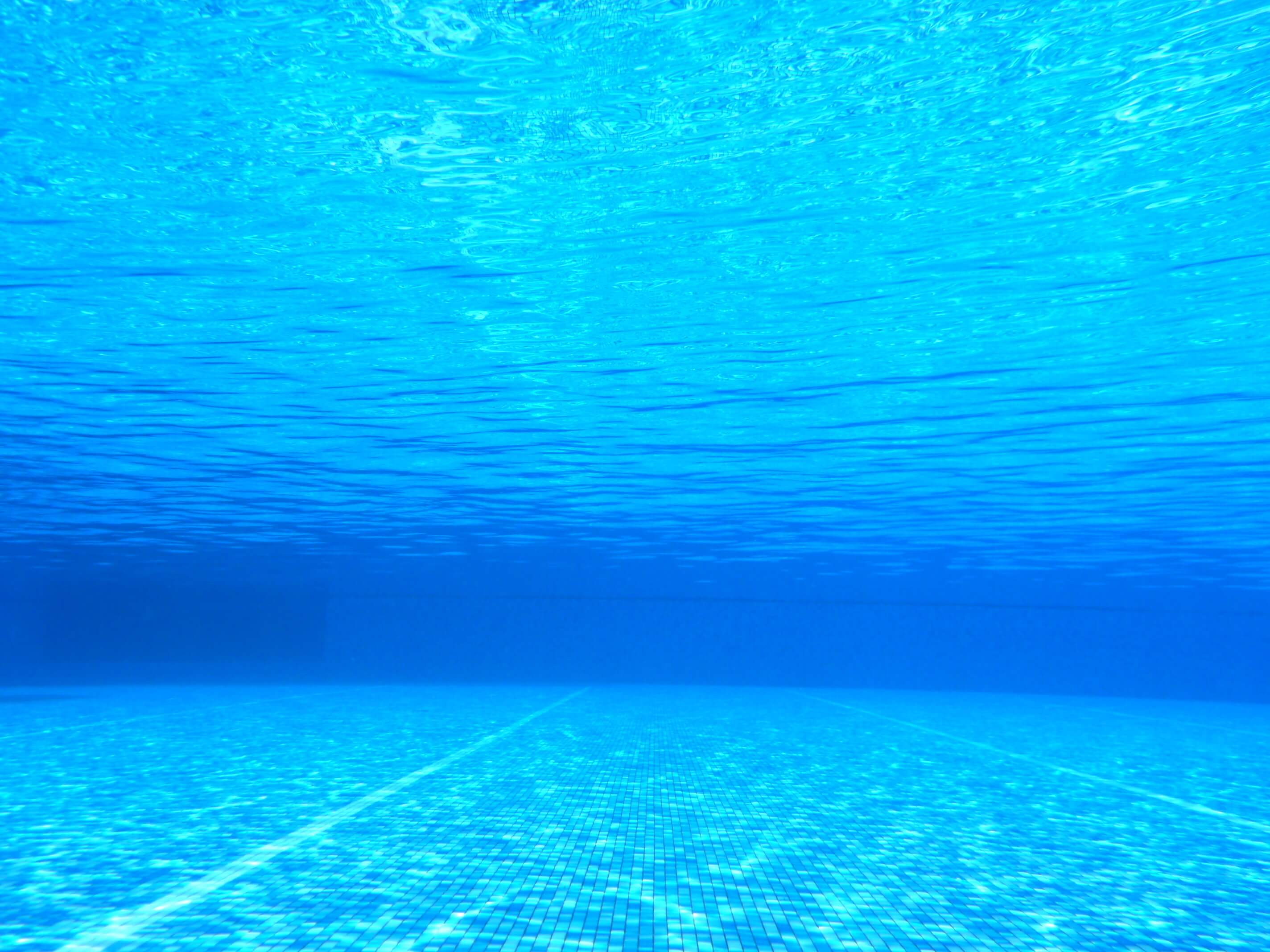
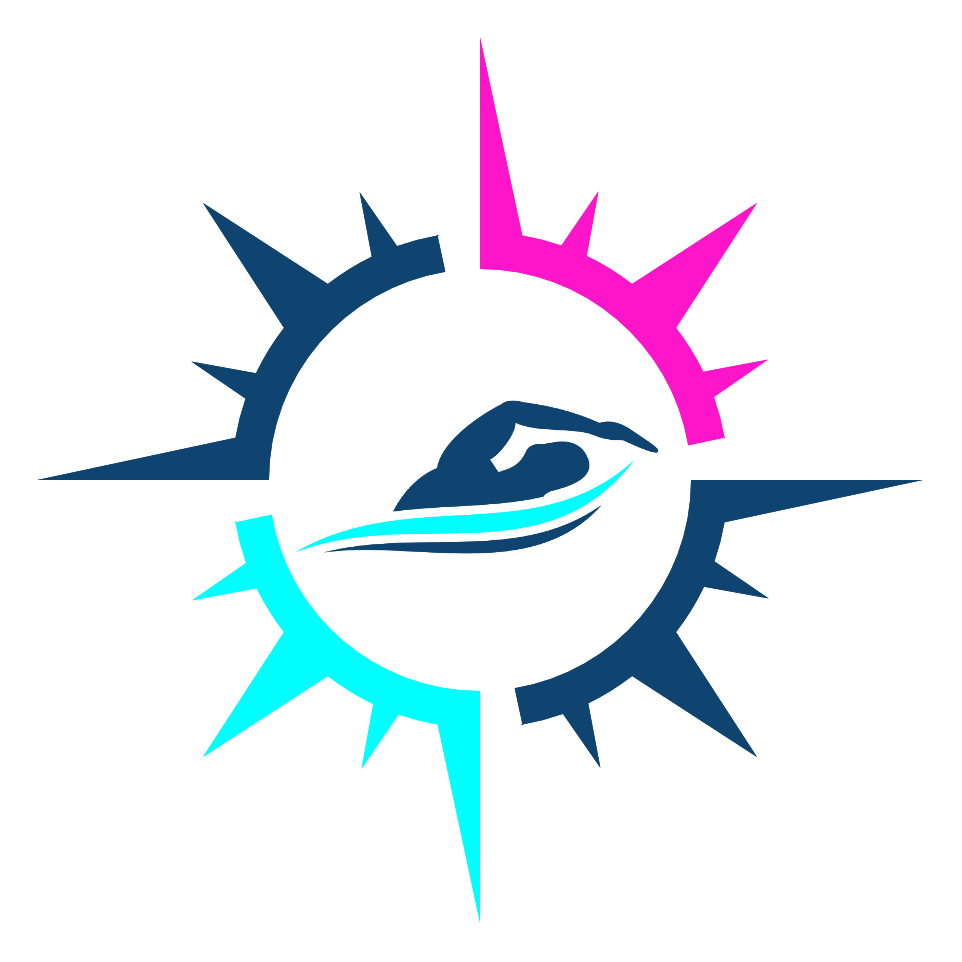


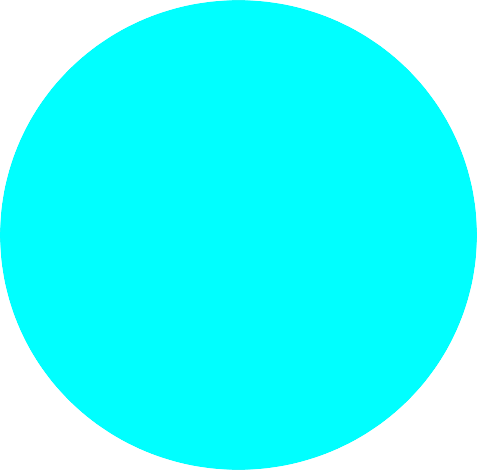

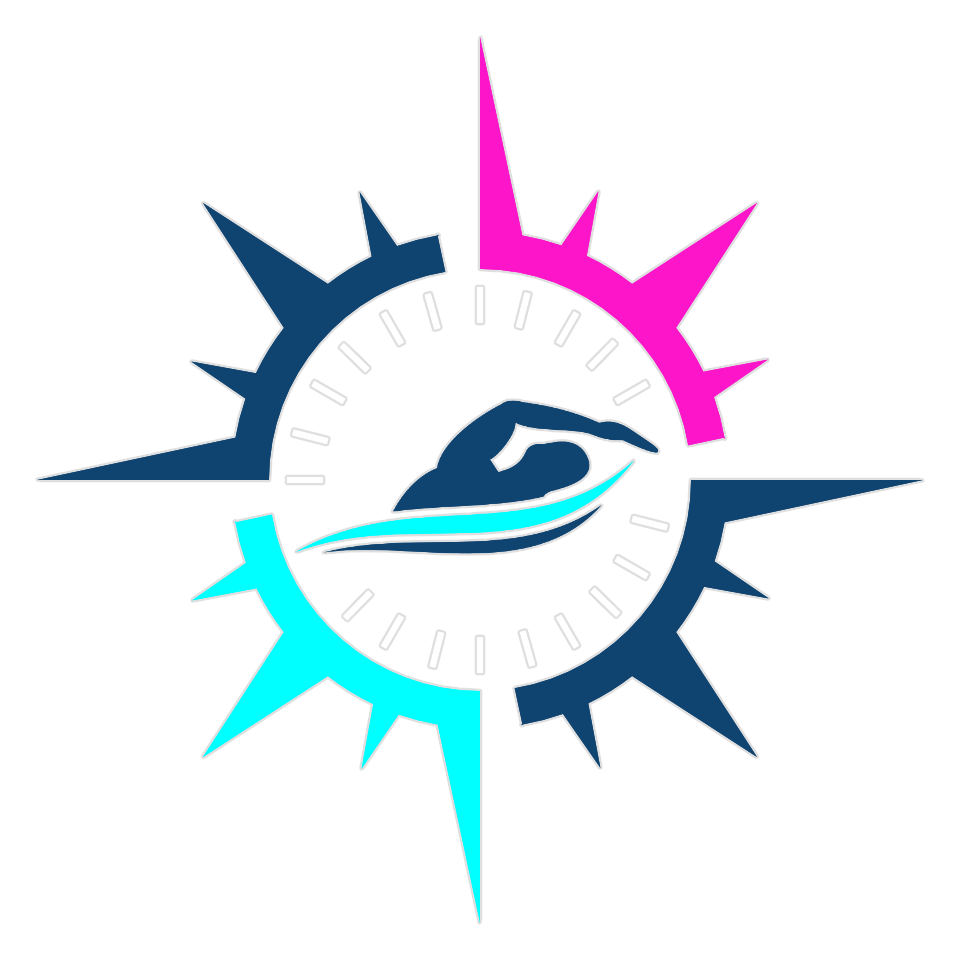

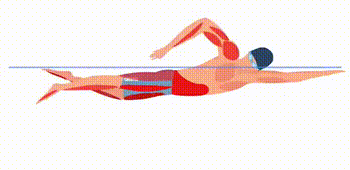
.png)
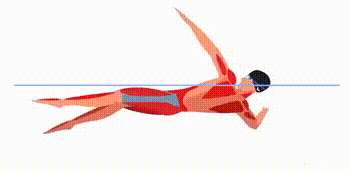
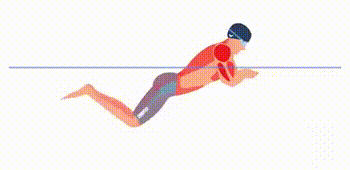
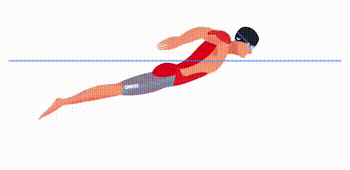

.jpg)
